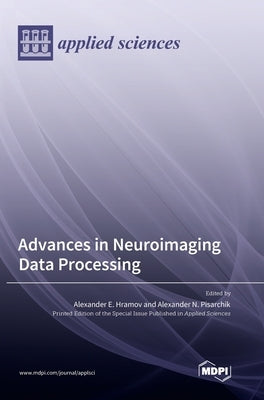Before you leave...
Take 20% off your first order
20% off
Enter the code below at checkout to get 20% off your first order
Discover summer reading lists for all ages & interests!
Find Your Next Read

The development of in vivo neuroimaging techniques has yielded an incredible amount of digital information about the brain. Neuroimaging techniques are increasingly being used to study human cognitive processes, create brain-machine interfaces, and also to identify and diagnose certain brain disorders. Currently, neuroscientists and medics actively use different methods for brain scans, including electro- and magnetoencephalography (EEG/MEG), functional near-infrared spectroscopy (fNIRS), electrocorticography (ECoG), functional magnetic resonance imaging (fMRI), positron emission tomography (PET), and diffusion tensor imaging (DTI). Recent advances in signal processing and machine learning for neuroimaging data using various signal processing methods have made impressive progress in solving a number of practical tasks in medicine, healthcare, neuroscience, biomedical engineering, brain-machine interfaces, and cognitive science, to name but a few. This Special Issue aims to provide a forum for academic and industrial communities to present and discuss the latest theoretical and experimental results related to recent advances in neuroimaging data processing in terms of new theories, algorithms, architectures, and applications.
Thanks for subscribing!
This email has been registered!
Take 20% off your first order
Enter the code below at checkout to get 20% off your first order